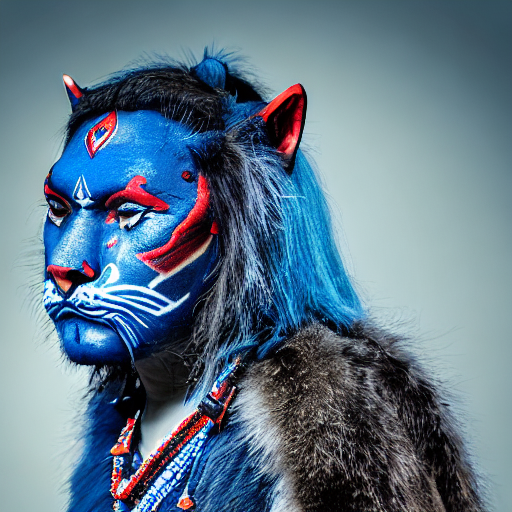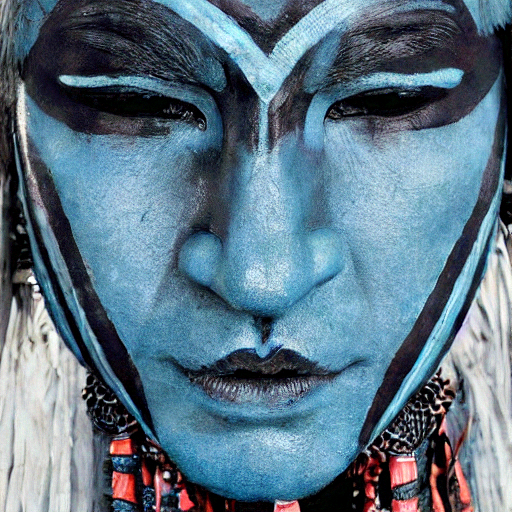stable-diffusion-streamlit
- 1.Introduction
- 2.Getting Started
- 3.Quantization Performance
- 4.Streamlit Progress Bar
- 5.To Do
- 6.Get Help
- 7.Acknowledgements
1. Introduction
- Create beautiful apps using Streamlit to test CompVis/stable-diffusion-v1-4 model quantized by OnnxRuntime cutting down memory 75%.
- Streamlit:
- an open-source app framework for Machine Learning and Data Science teams. Create beautiful web apps in minutes.
- CompVis/stable-diffusion-v1-4:
- a latent text-to-image diffusion model capable of generating photo-realistic images given any text input.
- OnnxRuntime:
- a cross-platform, faster inference and lower costs accelerator for machine learning models.
- Streamlit:
2. Getting Started
2.1. Deployment
- docker-compose up -d
version: "2.3"
services:
stable-diffusion-streamlit-onnxquantized:
container_name: stable-diffusion-streamlit-onnxquantized
image: lowinli98/stable-diffusion-streamlit-onnxquantized:v0.2
expose:
- 8501
ports:
- "8501:8501"
environment:
- APP_TITLE=Stable Diffusion Streamlit
restart: always
volumes:
- /etc/localtime:/etc/localtime
- ./volume:/app/pages/model/result
2.2. Usage
2.2.1. Copy an awesome prompt from Blogs like best-100-stable-diffusion-prompts or 50-text-to-image-prompts-for-ai
2.2.2. Open http://localhost:8501 and click "文本转图片" on the left sidebar.
2.2.3. Fix the runtime parameters, paste your prompt into the text area and click the "开始生成" button.
2.2.4. Wait for a while until the progress bar goes to the end, then you will get a generated image.
2.2.5. Click "画廊" on the left sidebar to see all the images you had generated.
3. Quantization Performance
The model in the docker container has been quantized by OnnxRuntime in the building of the docker image.
The quantized model will be smaller and cut down the inference time a little(UINT8), while the performance of the image generated is almost the same as the original model.
This is an amazing feature because CompVis/stable-diffusion-v1-4 can be deployed on most home computers. The following table shows the comparison of the quantized model and the original model.
| model | memory used | inference 49 steps waste time |
|---|---|---|
| pytorch | 5.2GB | 6m56s |
| onnx | 5.0GB | 4m34s |
| onnx-quantized(UINT8) | 1.3GB | 4m29s |
CPU:
- Intel(R) Xeon(R) CPU E5-2650 v3 @ 2.30GHz
- 10 core
image generated by PyTorch model
image generated by Onnx model
image generated by Onnx-Quantized(UINT8) model
4. Streamlit Progress Bar
To generate an awesome image, the model needs to be inferences with many steps. So it will take a long time to finish the whole pipeline. To make the user experience better, a progress bar is added to show the pipeline progress. With another thread in Python, the progress bar can be updated by the pipeline scheduler counter.
5. To Do
- Add the Text-Guided Image-to-Image Pipeline in Huggingface/Diffusers
- Add the Text-Guided Image-Inpainting Pipeline in Huggingface/Diffusers
6. Get Help
- Contact me at [email protected]
- If appropriate, open an issue on GitHub





